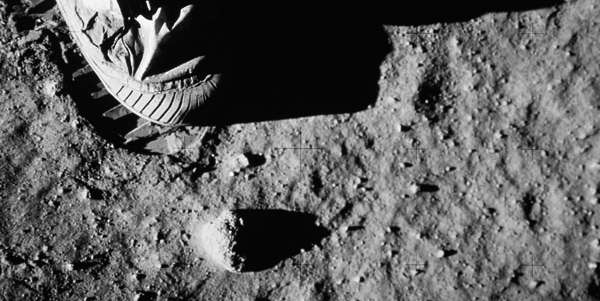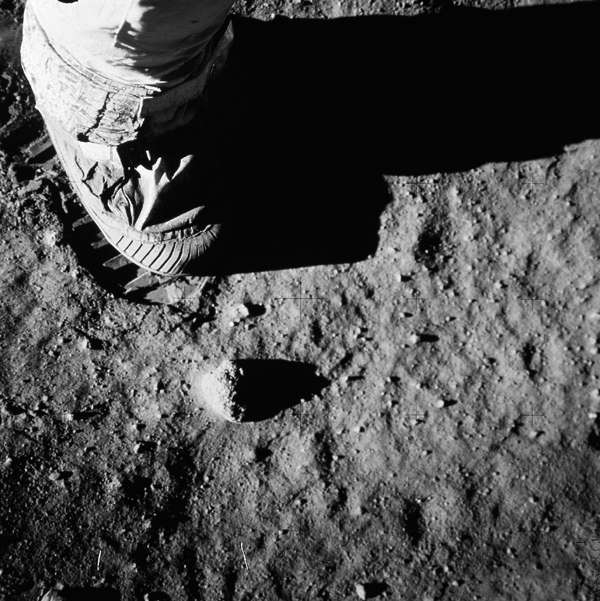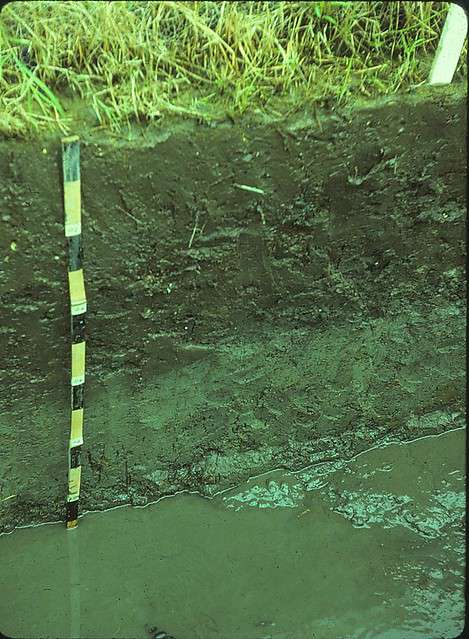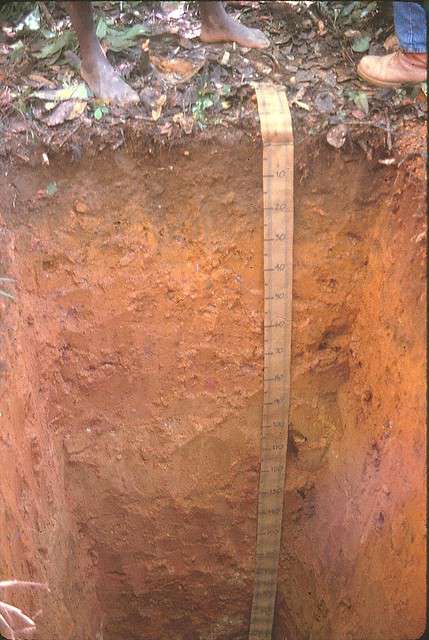
On the moon, even the dirt is deadly. Astronauts returning from the Apollo missions were quick to point out the long list of problems the Lunar regolith caused. In the absence of any atmosphere, the lunar surface has been bombarded by meteorites large and small for millennia, resulting in an extremely finely ground particulate material. The vacuum also exposes the soil directly to the solar wind and unfiltered UV rays, which supercharge the fine particulate with incredible static electric properties. Astronauts reported that the fine, abrasive particulate gummed up their spacesuit joints, wore through layers of kevlar on their boots, swirled around inside the lander and irritated their eyes, nostrils, and lungs, and could not be removed with wet wipes due to their static properties. Long before any construction or other usages can be attempted on the Moon, the dirt has to be taken into consideration. It may seem terrestrial in comparison, but the same is true of land use projects back on Earth.

Constant meteoric bombardment due to lack of atmosphere is responsible for the Lunar regolith’s unique properties. Image Credit: Flickr User Marion Doss (CC BY 2.0)




